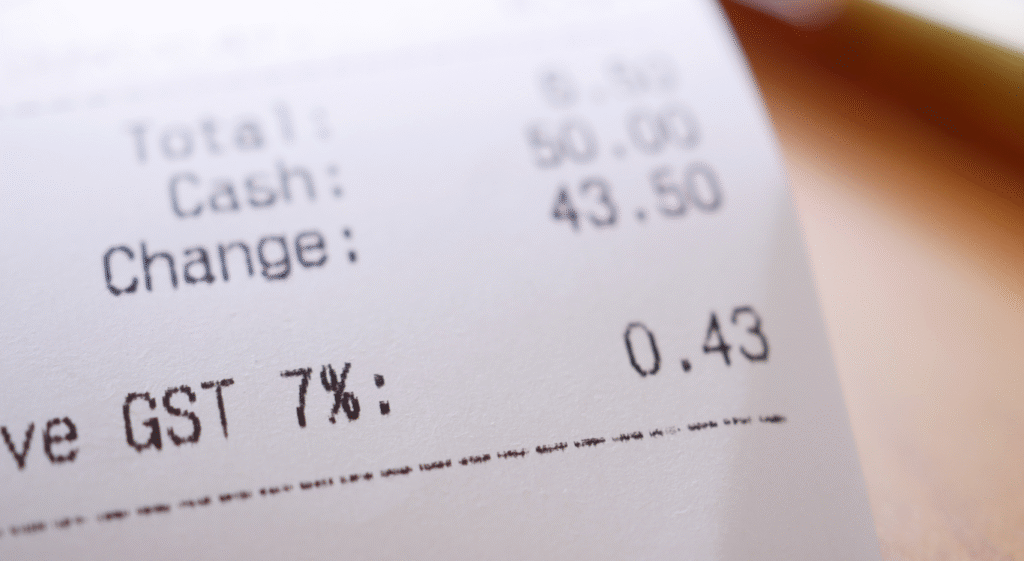The Goods and Services Tax (GST) was introduced in India to replace multiple indirect taxes such as VAT, service tax, excise duty, and entry tax. One of its biggest benefits is the creation of a unified tax structure across the country. Instead of businesses dealing with a maze of state and central taxes, GST provides a single, streamlined system that is easier to understand and follow.
This simplification has reduced confusion and made compliance more straightforward for companies of all sizes. Under the previous tax system, businesses had to register for different taxes in each state, maintain separate records, and file multiple returns. With GST, a single registration and a standardized return filing process have replaced the old complexities.
For consumers, the simplified structure means better price transparency. Whether you are buying goods or services in one state or another, the tax rates are uniform, making it easier to compare prices and understand final costs. By removing overlapping taxes, GST has brought more clarity and efficiency to India’s tax system.
Lower Tax Burden and Reduced Prices
One of the main benefits of GST is the reduction of the overall tax burden on goods and services. Before GST, the total tax paid by businesses and consumers was often higher due to “tax on tax” situations, also known as cascading taxes. For example, excise duty was charged first, and then VAT was applied on the price including excise duty, leading to double taxation.
GST has eliminated this problem by introducing an input tax credit system. Businesses can now claim credit for the tax paid on inputs, reducing their effective tax liability. This savings often gets passed on to consumers in the form of lower prices.
In many sectors, GST has helped standardize rates and bring them down compared to the earlier combined taxes. For example, goods like home appliances, electronics, and daily-use products have seen price adjustments after GST implementation.
By creating a fairer tax system and removing unnecessary layers of taxation, GST has made products more affordable while improving the ease of doing business.
Increased Transparency and Reduced Tax Evasion
GST has made India’s tax system more transparent by ensuring that every transaction is recorded and traceable. Since it is a technology-driven system with online registration, return filing, and tax payments, there is less room for manipulation.
The requirement for businesses to provide proper invoices and documentation means that unreported sales are harder to hide. The input tax credit system also encourages businesses to work with registered suppliers, further reducing tax evasion.
This improved transparency benefits both the government and honest taxpayers, as it increases revenue collection and promotes fair competition in the market.
Boost to the Economy and Ease of Doing Business
By replacing multiple taxes with one unified system, GST has significantly improved the ease of doing business in India. Companies no longer face delays at state borders due to tax checks, reducing transportation time and costs.
The removal of interstate barriers has created a truly national market, allowing goods to move freely across the country. This benefits manufacturers, traders, and consumers alike.
A more efficient tax system also attracts foreign investment, as it shows that India is working toward global business standards. With reduced logistics costs, improved supply chains, and better compliance, GST plays a role in boosting the overall economy.



